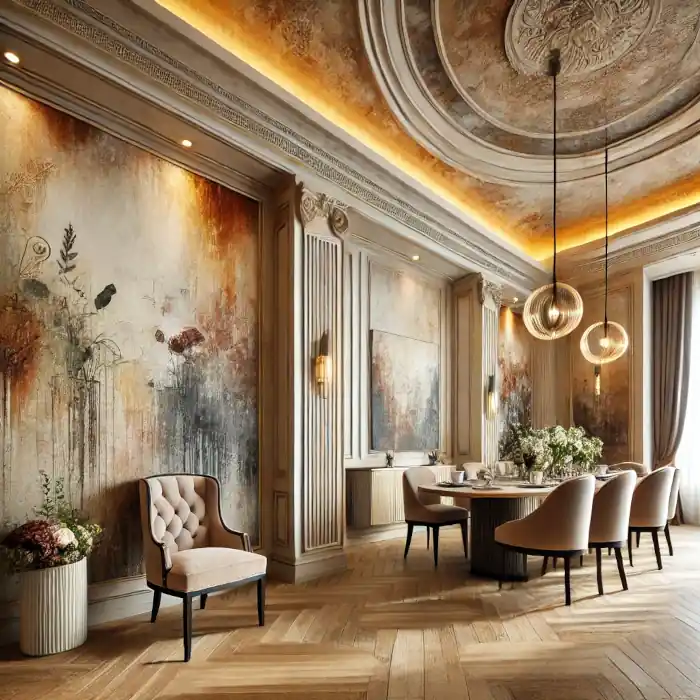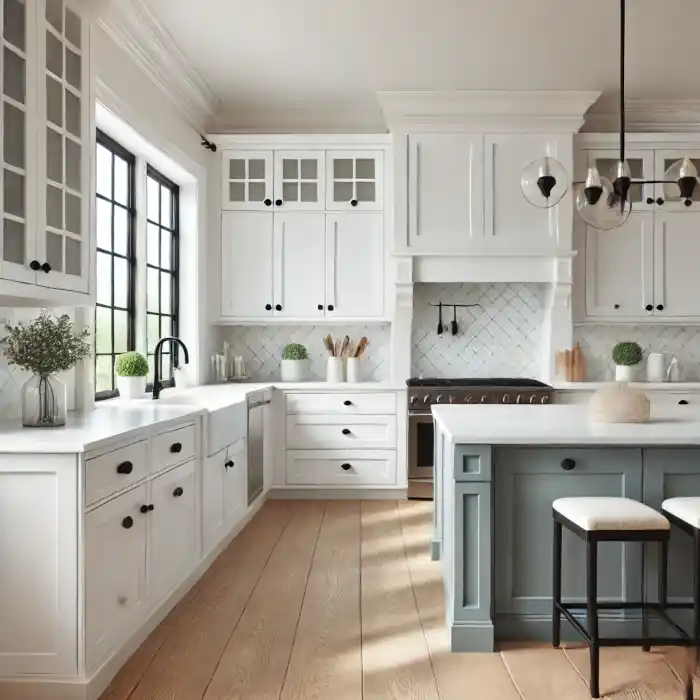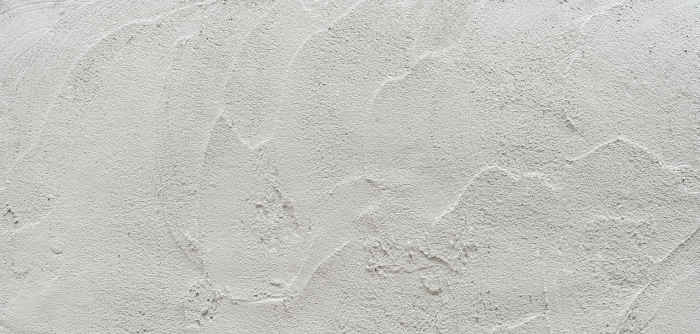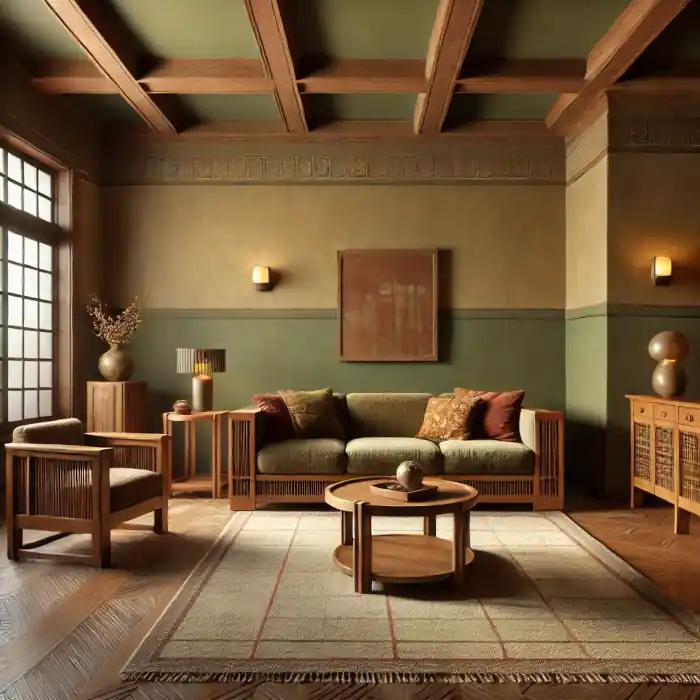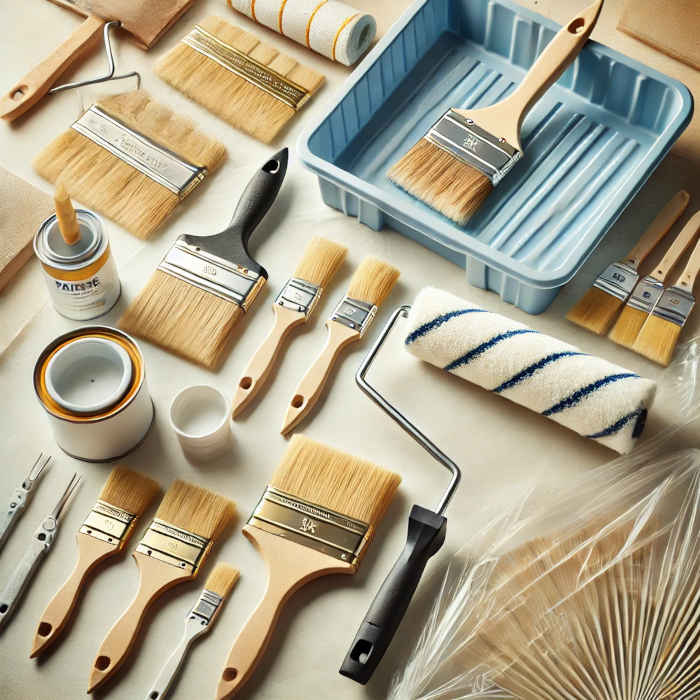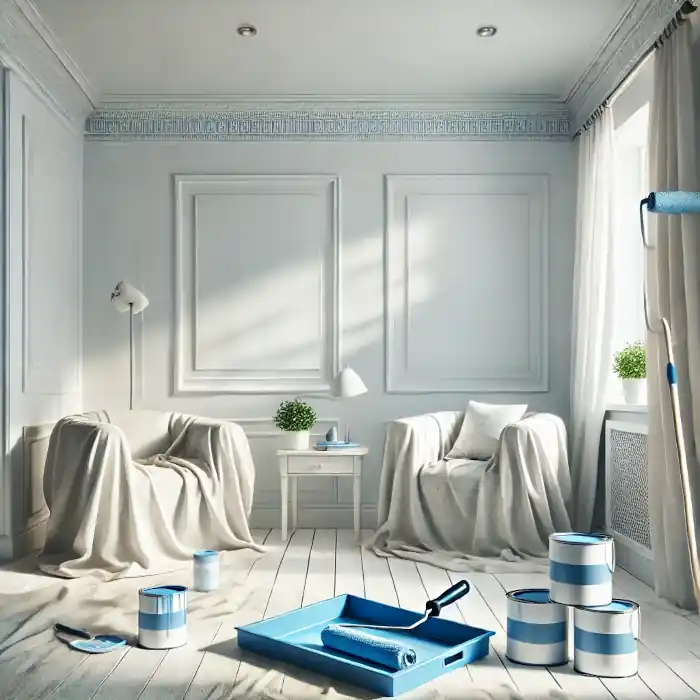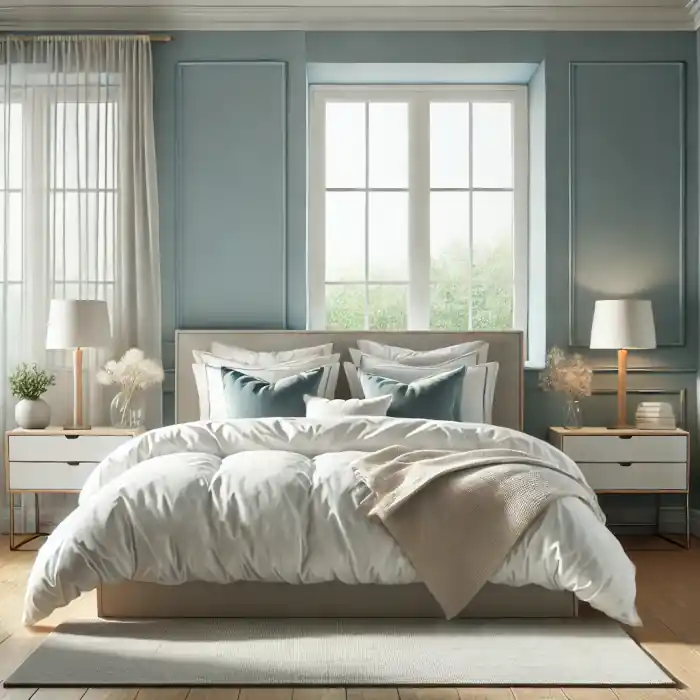As an Amazon Associate, I earn from qualifying purchases. Privacy Policy / Terms
Faux finishes can transform your home decor. They offer a creative way to mimic the look of materials like marble, wood, and stone.
These finishes are not only cost-effective but also add texture and depth to your walls. They can be customized to match any decor style, making them a versatile choice for any room.
There are various types of faux finishes, each with its unique technique. From glazing to color washing, rag rolling to sponging, the possibilities are endless.
This guide will explore these techniques in detail. It will provide you with faux finish ideas and explain how to apply them.
Whether you’re a DIY enthusiast, a homeowner looking to update your decor, or an interior designer seeking new ideas, this guide is for you.
Get ready to dive into the world of faux finishes and discover how they can enhance your home decor.
The Art of Faux Finishing
Faux finishing is more than just a painting technique; it’s a form of artistic expression. It allows you to create unique textures and effects on your walls and other surfaces. These finishes can imitate natural materials or transform plain surfaces into stunning visual masterpieces.
The beauty of faux finishes lies in their versatility. They can be both modern and traditional, tailored to suit any style of home decor. Whether you desire the rustic appeal of distressed wood or the elegance of polished marble, faux finishing offers a solution.
Understanding the basics of faux finishing is essential for achieving the desired look. Each technique involves a specific process, requiring the right tools and materials. This art form is accessible to everyone, from beginners to advanced DIY enthusiasts.
Moreover, faux finishes are an affordable way to update your space without major renovations. They provide an opportunity to explore different styles and trends. Whether you want a subtle enhancement or a bold statement, faux finishing can help you achieve your vision. This creative practice not only beautifies your home but also allows you to showcase your personal style and creativity.
Types of Faux Finishes
Faux finishes offer a creative way to transform any room with texture and design. With numerous types available, each finish provides a distinctive look and feel. From luxurious to rustic, there’s a faux finish suitable for everyone.
Many faux finishes mimic the appearance of natural materials, offering a cost-effective alternative. They are a perfect choice for those seeking to elevate their decor without breaking the bank. These finishes also allow for personal expression, making each application unique.
Popular techniques include glazing, color washing, and rag rolling. Each method involves different tools and specific application processes. Understanding these techniques can help you select the right finish for your space.
Here’s a list of some popular faux finishes:
- Glazing
- Color Washing
- Rag Rolling
- Sponging
- Strié (Dragging)
- Wood Graining
- Venetian Plaster
- Metallic Finishes
- Trompe l’oeil
- Crackle Glaze
Each of these finishes creates different effects and is ideal for various settings. With some creativity, these finishes can dramatically enhance your home’s interior. By experimenting with combinations, you can achieve a look that is truly one-of-a-kind.
Glazing Techniques
Glazing is a favorite among faux finishers due to its versatility. It involves applying a translucent layer of glaze over a painted surface. This technique adds depth and richness, perfect for bringing warmth to any room.
The glaze can be mixed with paint to adjust transparency and color intensity. This flexibility allows for customizing the finish to match your decor. Glazing can be used to achieve a wide range of effects, from subtle to dramatic.
Applying glaze requires skillful blending and smooth brushstrokes to avoid streaks. It’s important to work quickly, as glaze dries faster than regular paint. With the right technique, glazing can transform a plain wall into a stunning feature.
Color Washing
Color washing creates a soft, muted finish that exudes charm and elegance. This technique involves brushing on a diluted paint, allowing variations in hue. It is ideal for adding warmth and character to a space without overwhelming it.
Begin by applying a base color and allowing it to dry completely. Next, brush a second, diluted color in sweeping strokes. The key is to let the base color show through for a multi-toned effect.
This method is excellent for rustic or cottage-style interiors. The result is a gentle, subtle appearance that works well in almost any room. It’s a great way to create a welcoming and cozy atmosphere.
Rag Rolling
Rag rolling offers a textured appearance that adds visual interest and depth. This technique involves rolling a rag over wet paint or glaze. It’s a quick and simple way to create a dynamic pattern on walls.
First, apply a base coat and allow it to dry. Then, dip a rag into a contrasting color and roll it gently across the surface. The rolling motion creates a marbled texture, which can be customized to your liking.
Rag rolling is especially popular for creating a Mediterranean or Old World feel. It brings a sense of timeless elegance to any room. With minimal materials, you can achieve a professional-looking finish.
Sponging
Sponging is a versatile technique that offers a unique texture and depth. It uses a sponge to dab paint onto walls, creating a beautiful, layered effect. This method can be used to enhance almost any space.
To begin, apply a base coat and let it dry. Then, dip a natural sea sponge into a second color and gently dab it onto the surface. The sponge’s irregular surface creates a rich and varied look.
Sponging allows for creative freedom and is easy to modify or repaint if needed. It adds a lively, organic feel to walls and other surfaces. Sponging is excellent for a variety of decors, from contemporary to classic.
Strié (Dragging)
Strié, or dragging, is a refined technique that mimics the look of fine fabric. This finish creates linear textures, often reminiscent of linen or silk. It’s perfect for adding sophistication and elegance to any room.
To achieve this effect, a glaze is applied over a base coat. Then, a brush or comb is dragged through the glaze while it’s wet. The lines created should be straight and even, requiring a steady hand and precise technique.
Strié is well-suited for spaces that need a touch of understated luxury. It adds a subtle texture that enhances without overwhelming. This timeless finish fits seamlessly into both modern and traditional spaces.
Wood Graining
Wood graining is a classic faux finish that replicates the look of natural wood. It’s a cost-effective way to add warmth and depth to a room. This technique involves layering colors to create a realistic wood grain effect.
Start with a base coat that resembles the lightest wood tone. Use tools like a graining comb to create the appearance of wood grain. Layering different tones adds complexity and realism to the finish.
Wood graining is ideal for those who appreciate the beauty of wood but require a more affordable option. It’s perfect for enhancing doors, furniture, and trim. This finish provides the charm of wood without the cost and maintenance.
Venetian Plaster
Venetian plaster is a luxurious finish that exudes elegance and sophistication. This technique involves applying layers of plaster to achieve a polished, marble-like surface. The result is a smooth, high-end finish with depth and movement.
To create this effect, apply multiple layers of tinted plaster, allowing each to dry. Each layer is then polished to bring out the natural sheen of the plaster. This process can be labor-intensive but produces stunning results.
Venetian plaster is a bold choice that enhances the prestige of any space. It’s perfect for creating a focal point or making a grand statement. This finish reflects light beautifully, adding glamour and sophistication to any room.
Metallic Finishes
Metallic finishes are a chic way to add glamour and shine to your decor. These finishes incorporate metallic paints or glazes to reflect light. They bring a contemporary feel and can be used in both subtle and bold applications.
To achieve a metallic effect, apply a metallic base coat or glaze. Multiple layers can enhance the depth and intensity of the metallic sheen. Techniques like brushing, rolling, or sponging can be used depending on the desired effect.
Metallic finishes are excellent for creating focal points or highlighting architectural features. They work well in modern spaces and provide a luxurious touch. Incorporating metallics can elevate the aesthetic of any room.
Trompe l’oeil
Trompe l’oeil is an artistic faux finish that creates the illusion of three-dimensional objects. The name means “trick the eye” in French, reflecting its ability to deceive the viewer. This technique adds a unique, artistic touch to your decor.
Using perspective and shading, artists can paint realistic scenes that appear to extend beyond the wall. Trompe l’oeil is often used to depict architectural elements like columns or windows. It transforms ordinary spaces into striking works of art.
This sophisticated technique requires skill and an eye for detail. It’s perfect for those looking to make a bold, artistic statement. Trompe l’oeil can create engaging and memorable interiors that captivate and enchant.
Crackle Glaze
Crackle glaze is a faux finish that creates an aged, vintage look. This technique mimics the appearance of crackled paint and adds character to any surface. It’s perfect for those who love the charm of weathered, antique finishes.
To create a crackle effect, apply a crackle medium over a base coat. As the top layer of paint dries, it cracks, revealing the base color beneath. The result is a timeless, distressed look that exudes personality and history.
Crackle glaze works well in rustic and shabby-chic designs. It adds texture and depth, creating a warm, inviting atmosphere. This finish is versatile, enhancing walls, furniture, and decorative pieces alike.
Faux Finish Ideas for Every Room
Faux finishes can transform any room into a visual masterpiece. From living rooms to bathrooms, they offer endless possibilities for creative expression. By understanding the characteristics of each space, you can choose the right finish to complement your decor style.
Living rooms, often the heart of the home, benefit from finishes that offer elegance. In contrast, bedrooms can incorporate calming finishes for a tranquil atmosphere. Kitchens, as bustling hubs, shine with chic and modern faux finishes.
Bathrooms can be turned into retreats with finishes that evoke relaxation. The versatility of faux finishes allows for unique transformations, aligning with personal tastes. Explore different finishes to find what best suits your home’s personality.
Living Room Elegance
Living rooms are ideal spaces to showcase a striking faux finish. Consider metallic finishes to add a touch of glamour and sophistication. They reflect light beautifully, creating an inviting and elegant ambience.
Trompe l’oeil can also be an artistic choice, offering a sophisticated, eye-catching feature. These finishes not only elevate the aesthetic but also serve as conversation starters. Transform your living room into a space that exudes style and character.
Bedroom Tranquility
In the bedroom, tranquility is key. Soft faux finishes like color washing or strié can create a calming sanctuary. These techniques foster a serene atmosphere, perfect for relaxation and rest.
Wood graining is another excellent option, bringing warmth and a natural feel. This finish adds a cozy, inviting touch without overwhelming the senses. Faux finishes in the bedroom can enhance your personal oasis of calm and peace.
Kitchen Chic
Kitchens benefit from chic, sophisticated faux finishes. Venetian plaster offers a polished, sleek appearance, adding luxury to cooking spaces. This finish is easy to clean, making it practical as well as beautiful.
Glazing is a versatile choice, providing depth and a touch of charm to walls. It suits a modern culinary setting, blending functionality with style. Elevate your kitchen with finishes that reflect your culinary prowess and chic taste.
Bathroom Retreat
Bathrooms can become retreats with the right faux finish. Consider crackle glaze for a vintage touch, bringing character and warmth. Its aged effect can transform a simple bathroom into an inviting sanctuary.
Metallic finishes add a modern edge, reflecting light and creating a sense of space. These finishes work well in small bathrooms, making them appear larger and more open. Let your bathroom be a stylish and relaxing escape from everyday stress.
Faux Finish Techniques and Tools
Achieving the desired faux finish requires mastering specific techniques. Each technique brings its own flair and demands the right tools for execution. Knowing which tools and methods to use is crucial for a successful finish.
Techniques such as glazing or color washing depend on the proper preparation of your surface. This ensures that the finish adheres well and lasts long. It also prevents any surface imperfections from affecting the final look.
With the correct tools, you can explore various techniques to find your perfect finish. Arm yourself with brushes, sponges, and rags to cater to your chosen methods. This variety empowers you to tackle any faux finish with confidence.
Preparing Your Surface
Preparing the surface is the foundational step in faux finishing. Clean and smooth surfaces lead to better adherence and a more polished appearance. It’s vital to remove any dirt, grease, or loose paint beforehand.
Priming ensures a perfect base for your faux finish, enhancing its durability. Apply a high-quality primer that suits your chosen paint type. This preparation step can’t be overlooked, as it defines the ultimate success of your finish.
Tools of the Trade
The right tools make a significant difference in the outcome of a faux finish. Each tool caters to a specific technique, bringing the design concept to life.
Key tools include:
- Paintbrushes: For detailed and broad strokes.
- Sponges: For soft, porous textures.
- Rags: Ideal for rag rolling techniques.
- Combs: Used for dragging and strié effects.
- Trowels: Perfect for Venetian plaster applications.
Selecting the appropriate tools allows you to explore and execute various finishes effectively, creating a stunning transformation.
Practice Makes Perfect
Before committing a faux finish to a large surface, practice is essential. Testing on a sample board allows for experimentation without permanent consequences. This preparatory stage builds confidence and hones technique.
Repeated practice helps in refining skills and understanding the properties of different materials. It also ensures you are comfortable with the techniques and tools, reducing mistakes during the actual application. Dedicating time to this step results in a flawless, professional-looking finish that enhances any decor.
Tips for a Successful Faux Finish
A successful faux finish involves more than just technique. It is about combining creativity, skill, and precision. Attention to detail ensures that the final result is both beautiful and durable.
Consistency in application is key. This prevents streaks and uneven textures. Always work with good lighting to spot any areas that might need more attention. Patience is also essential; take your time with each layer.
Using high-quality materials can elevate the look of your faux finish. Inferior products might save money initially but could cause issues in the long run. Always invest in reliable supplies for a professional touch.
Understanding Color Theory
Color theory is fundamental to creating a stunning faux finish. It guides the selection and combination of hues for desired effects. By understanding the relationships between colors, you can create harmony or striking contrasts in your design.
Complementary colors add vibrancy and dynamic contrast, while analogous colors offer a soothing blend. Knowing these principles ensures your faux finish contributes positively to your room’s overall mood and style.
Layering and Complexity
Layering is the secret to adding depth and complexity to a faux finish. By applying multiple coats, you can achieve intricate patterns and effects. Different colors in thin layers create a rich, textured look that captivates attention.
Vary the transparency of each layer to add dimension to your project. This technique can simulate the look of natural materials like marble or wood, providing an impressive and authentic appearance.
Sealing and Protecting Your Finish
Sealing a faux finish is crucial for long-term durability. A protective topcoat not only preserves the finish but also enhances its vibrancy. Choose a high-quality sealant that suits your specific material and room conditions.
Applying a sealant guards against wear and tear, especially in high-traffic areas. It also simplifies maintenance, making cleaning easier. A well-sealed finish can last for years, maintaining its allure and adding lasting value to your decor.
Conclusion
Faux finishes provide a versatile solution for transforming home interiors. They allow you to express personal style through varied textures and techniques. From subtle sophistication to bold statements, faux finishes cater to every aesthetic preference.
These finishes offer a unique way to enhance any space without incurring high costs. By experimenting with different finishes, you can add depth, character, and allure to your home. Whether you desire an elegant living room or a tranquil bedroom, faux finishes can help achieve your vision. Embrace this creative journey and elevate your decor to new heights.
Call to Action
Unleash your creativity and experiment with the diverse range of faux finishes available. Whether you’re a DIY novice or a seasoned decorator, these techniques can transform your space. Start your project today and experience the captivating allure of faux finishes in your home decor. Embrace the art; transform your space!
Views Expressed Disclaimer
The views, opinions, and information presented in this article are for informational purposes only and do not necessarily reflect the official policies or positions of Chagrin Falls Painting. While every effort has been made to ensure accuracy, Chagrin Falls Painting is not liable for any errors, omissions, or decisions made based on the content provided. Readers are encouraged to consult professionals for specific advice or assistance related to their unique circumstances.


